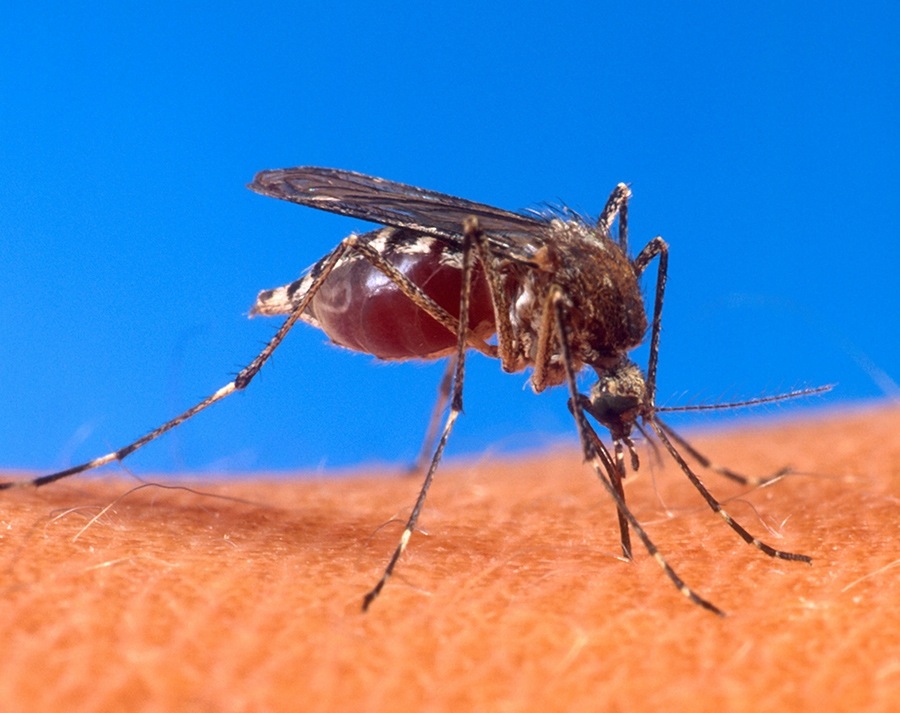Dear EarthTalk: How is it that climate change could cause an increase in health problems and disease epidemics? Do we have any evidence that this is already happening? — Jim Merrill, Provo, UT
Global warming isn’t just bad for the environment — there are several ways it is expected to take a toll on human health. More extreme summer heat that is becoming more normal in a warming world can directly impact the health of billions of people.
“Extreme high air temperatures contribute directly to deaths from cardiovascular and respiratory disease, particularly among elderly people,” reports the World Health Organization (WHO). “In the heat wave of summer 2003 in Europe, for example, more than 70,000 excess deaths were recorded.”
WHO adds that high temperatures also play a role in elevated levels of ozone and other air pollutants known to exacerbate respiratory and cardiovascular problems. And according to the non-profit Union of Concerned Scientists (UCS), warmer temperatures and higher levels of atmospheric carbon dioxide can stimulate plants to grow faster, mature earlier and produce more potent allergens. “Common allergens such as ragweed seem to respond particularly well to higher concentrations of carbon dioxide, as do pesky plants such as poison ivy. Allergy-related diseases rank among the most common and chronic illnesses…” reports the group.
Another way global warming is bad for our health is that it increases extreme weather events. According to WHO, the number of weather-related natural disasters has more than tripled since the 1960s. Likewise, increasingly variable rainfall patterns combined with higher overall temperatures are leading to extended droughts around the world. “By the 2090s, climate change is likely to widen the area affected by drought, double the frequency of extreme droughts and increase their average duration six-fold,” reports WHO. One result is likely to be a downturn in agricultural productivity along with a spike in malnutrition. Another is less access to safe drinking water, a trigger for poor sanitation and the spread of diarrheal diseases—not to mention resource wars.
Perhaps most worrying to public health experts, however, is the potential for warming to cause a spike in so-called “vector-borne diseases” like schistosomiasis, West Nile virus, malaria and dengue fever. “Insects previously stopped by cold winters are already moving to higher latitudes (toward the poles),” reports UCS. Researchers predict that thanks to global warming an extra two billion people, mostly in developing countries, will be exposed to the dengue virus over the next half century.
A growing fear is that thawing permafrost in Polar Regions could allow otherwise dormant age-old viruses to re-emerge. Earlier this year, French and Russian researchers discovered a 30,000 year old giant virus, previously unknown to science, in frozen soil in Russia’s most northerly region. While the virus, which researchers dubbed Pithovirus sibericum, is harmless to humans and animals, its discovery has served as a wake-up call to epidemiologists about the potential re-emergence of other viruses that could make many people sick. While some of these re-emergent viruses might also be new to science, others could be revitalized versions of ones we thought we had eradicated, such as smallpox.
EarthTalk is written and edited by Roddy Scheer and Doug Moss and is a registered trademark of E – The Environmental Magazine (www.emagazine.com). Send questions to: [email protected].








